When you’re building a layout, there are four kinds of track for model railroads you can choose from. Those four are sectional track, sectional track with attached roadbed, flextrack, and hand-laid track. Each has its advantages and drawbacks. Luckily, you can mix and match the different types on the same layout to take advantage of each one’s strengths. Let’s look at the available types of track for model railroads.
Sectional track
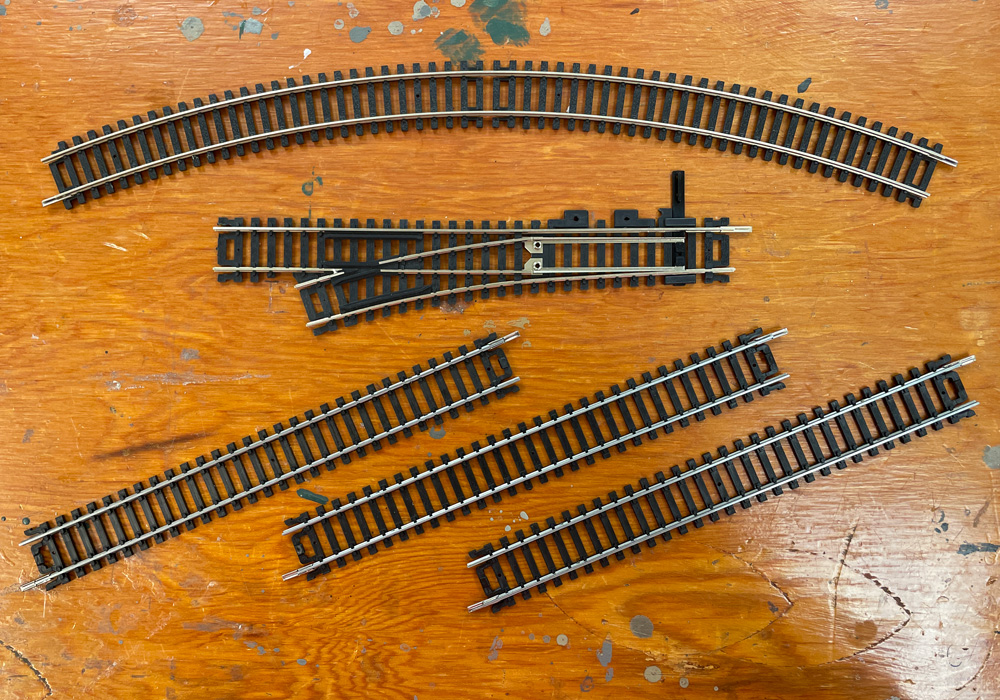
Sectional track is, as the name implies, track for model railroads that comes in sections. Manufacturers including Atlas, Peco, Märklin/Trix, LGB, and others sell sectional track in scales from Z (1:220) to Large Scale. It’s made in an assortment of lengths and curve radii that are intended to fit together into a complete layout without requiring cutting and fitting. Sectional track used to be supplied in most train sets until sectional track with roadbed became popular.
Sectional track turnouts like the one in the photo might look similar to flextrack turnouts, but there is one key difference. Sectional track turnouts are usually designed so that both legs of the turnout are the same dimensions as that track system’s straight and curved track pieces. The diverging route follows a curve of fixed radius all the way through the turnout. That way, the turnouts can be inserted into a curve or straightaway without changing its geometry. The packaging on these turnouts usually displays a “substitution radius” that tells what size curve the turnout can take the place of. Sectional track components and flextrack components can often be used together fairly easily if it suits a particular track plan need.
Advantages
- Inexpensive
- Durable
- Many track plans available for sectional track
- Most track planning software includes sectional track libraries
Drawbacks
- Appearance is often less prototypical than other types
- Numerous rail connections are potential points of mechanical or electrical failure
- Not all needed components might be available with each system
- More complicated track arrangements are not easily achievable
Sectional track with integrated roadbed
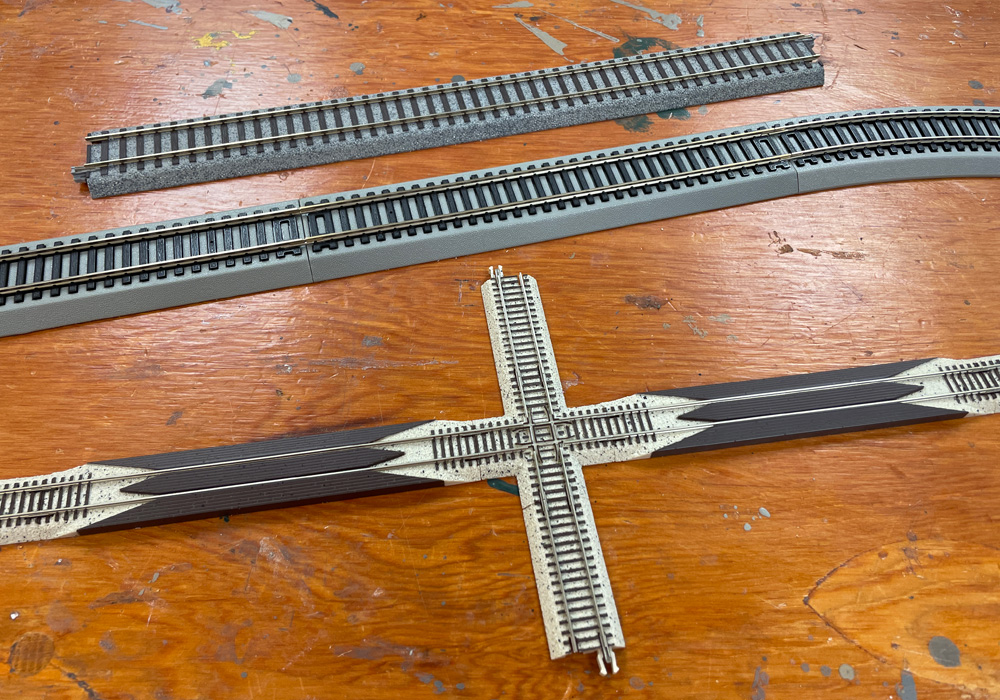
Most sectional track these days, including the track included in most train sets, comes with attached hard plastic or vinyl roadbed. This system keeps the ease of assembly of sectional track – in fact, some roadbed systems are easier to snap together than regular sectional track – while adding a more realistic ballast profile. The integrated roadbed also helps keep the track together and off the ground in temporary situations like a circle of track under the Christmas tree. Atlas, Bachmann, Kato, Tomytec/Tomix, Trix, WalthersTrainline, and others make this kind of track for model railroads. Some manufacturers sell it in sets to build specific track plans – basically, a train set without the trains.
Most roadbed sectional track systems have proprietary connectors that make their pieces easy to snap together, but they usually don’t work with the connectors on other manufacturers’ systems. If one manufacturer doesn’t include a particular size turnout, crossing, or other component you need for your track plan, you can often integrate a piece from another manufacturer by cutting off the connectors and relying on rail joiners and/or track nails to keep the rails of the unlike pieces together.
Advantages
- More durable and easier to join than sectional track
- Good for temporary uses like on carpet or under a Christmas tree
- Many track plans available
- Most track planning software includes sectional track libraries
Drawbacks
- Pieces usually not compatible between different manufacturers
- More prototypical looking than sectional track, but still not all that prototypical looking
- Numerous connections are potential points of failure
- Not all needed components might be available with each system
- More complicated track arrangements are not easily achievable
Flextrack
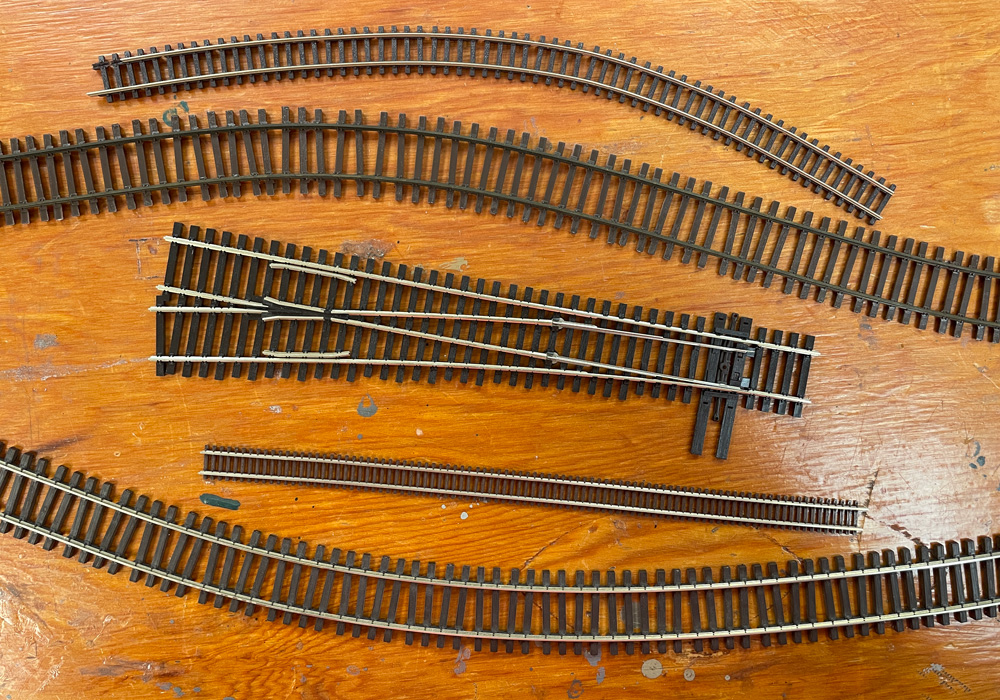
As its name implies, flextrack is track that flexes. Instead of preset curve pieces, flextrack is sold in lengths of 36” or 40” that can be bent as needed for a track plan. Its plastic ties are loosely attached to the rails so one rail can slide in the plastic “spikes.” (Just don’t bend flextrack so much that locomotives and cars will have a hard time staying on the rails. Check the minimum curve radius your rolling stock can handle when planning your layout.)
This makes flextrack more, well, flexible when it comes to track planning. Flextrack has to be bent and cut to fit most situations, but this lets you adapt it to an almost infinite variety of track configurations. Rather than being locked into whichever way sectional track pieces happen to fit, with flextrack you can arrange your turnouts, crossings, and tangent tracks as needed, even reproducing prototypical track arrangements.
Flextrack is also generally more reliable than sectional track. This is in part because the longer track lengths mean fewer pieces and fewer rail joints to possibly fail mechanically or electrically. Also, flextrack needs to be nailed or glued to a subroadbed surface like plywood or extruded foam insulation board, or else the curves will try to spring back to straight. This makes flextrack unsuitable for temporary uses like setting up a loop on the kitchen table. However, a flextrack layout affixed to a sturdy subroadbed is more durable and less likely to kink or separate than sectional track pieces.
Manufacturers usually sell turnouts, crossings, and other components like turntables to match their flextrack. While the rail profiles are not always the same between manufacturers, components from different makers can often be used together given the right rail joiners. Even sectional pieces can be integrated into a flextrack layout by clipping off the plastic roadbed joiners and abutting the pieces to flextrack laid on cork or Homasote roadbed of the same height.
Most hobbyists with permanent layouts build with flextrack. Atlas, Micro Engineering, Peco, Walthers, and others make and sell it in multiple scales.
Advantages
- Allows almost infinite variety of track configurations
- Usually more realistic looking than sectional track
- Turnouts designed to conform to prototypical shapes
- Longer stretches of continuous track mean fewer connections to fail
Drawbacks
- Not suitable for temporary (tabletop or floor) uses; must be fixed to a surface
- Cutting and fitting of flextrack must be done precisely for reliable operation
- Can be fragile if mishandled
Hand-laid track
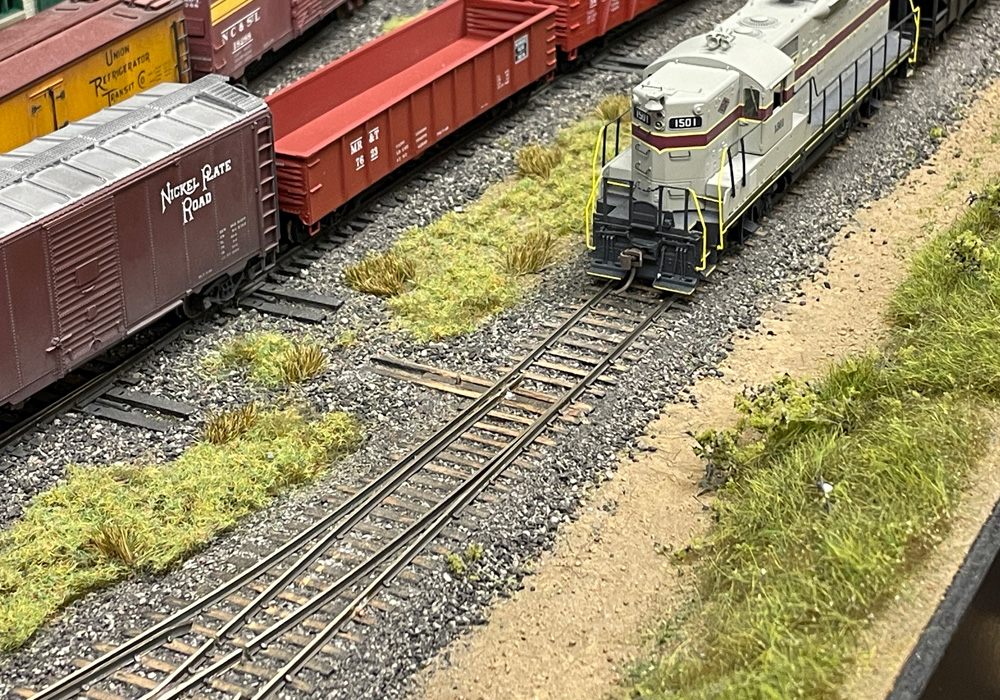
Modelers who are looking for the ultimate hands-on track-laying experience can turn to hand-laid track. These modelers glue wood or fiber ties to the roadbed, cut and bend rail to fit, and spike it in place with close-to-scale rail spikes. Jigs and templates are available to help modelers keep rails in gauge as they spike them down. Turnouts can be hand-laid, too, though they’re usually built at the workbench before being spiked onto the layout due to the precision required.
Those who favor hand-laying track cite the craftsmanship and skill required, the satisfaction of building something by hand, the appearance of realistic track materials, and the ability to craft practically any kind of track configuration desired.
Scale rails spiked to individual ties can add to the realistic appearance of the track. However, using the prototype’s four spikes per tie is unnecessary, expensive, and prohibitively time-consuming. Many modelers drive spikes only every fourth, fifth, or sixth tie. This can hurt realism.
Micro Engineering, Peco, Walthers, and LGB, among others, offer bulk rail in various scales and rail codes; Central Valley Model Works, LGB, Northeastern Scale Lumber, and Peco sell ties, either loose wood ties or joined flexible tie strips; Central Valley, Details West, and Micro Engineering make turnout frogs, tie kits, throw bars, and other turnout components; and too many manufacturers to list sell rail spikes. FastTracks is well known for its turnout-building jigs, laser-cut ties, curve templates, tools, and other track-laying supplies.
If you don’t want to build your own turnouts or crossings, you can incorporate components from flextrack manufacturers fairly easily. Many modelers who hand-lay their track use commercial turnouts and flextrack or sectional track in staging yards, tunnels, and other hidden areas.
Advantages
- Most versatile in terms of producing desired track configurations
- Realistic materials and techniques
Drawbacks
- Labor-intensive and time-consuming
- Requires precision
- Can be expensive
- Spaced-out rail spikes can look unrealistic
Resources
For more on how to lay track for model railroads, try these products, available in the Kalmbach Hobby Store:
- Basic Trackwork for Model Railroaders by Jeff Wilson
- Information Station digital download: Tracklaying Tips and Techniques
- Information Station digital download: Tracklaying Tips and Techniques, vol. 2
- DVD: Laying and Wiring Track








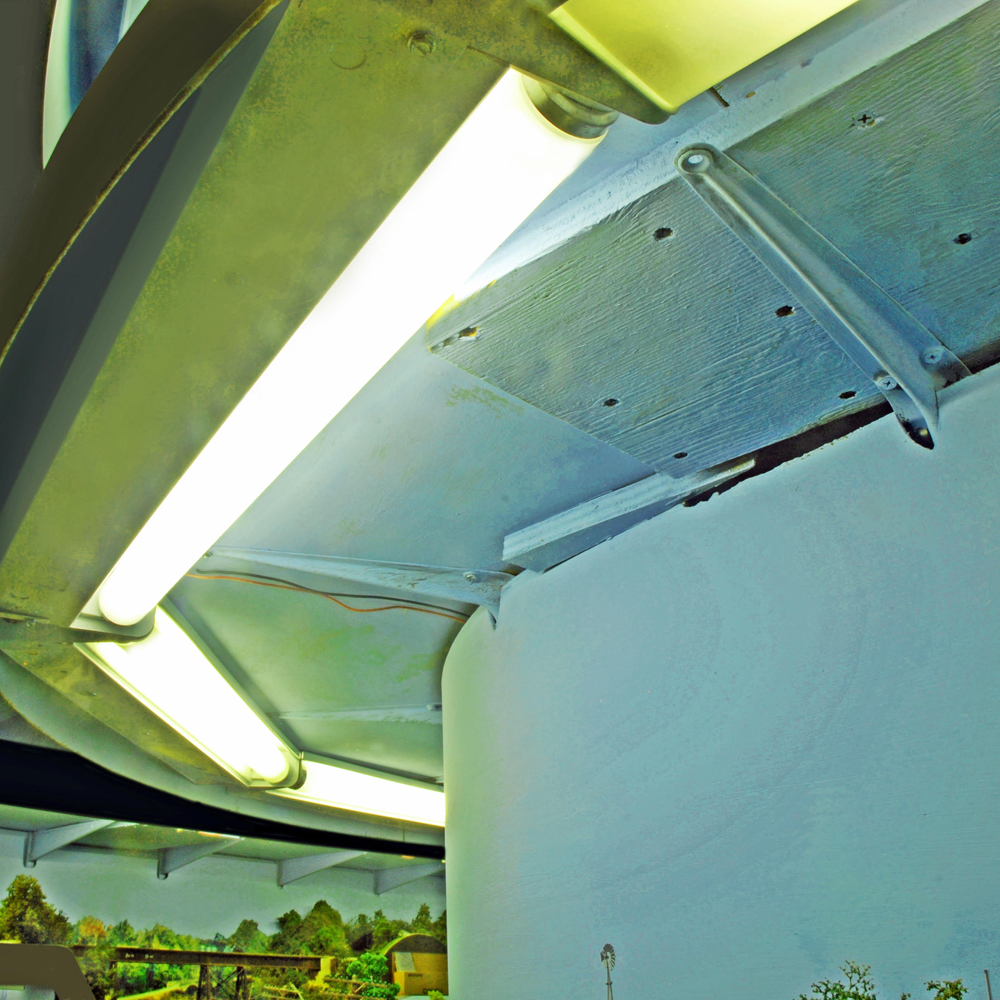





Not mentioned here but a common problem with flex track is it can kink. To avoid kinks you need to cut the rails in the middle and gap the rails at all the joints. If this is not done the scenery will warp and the track will come up leading to shorts, humps, and even derailments. So gap your rails before you lay your flex track.